Featured Panoramic Photo Above:
Classic Charles Conlon photo of Ty Cobb sliding into Jimmy Austin
Baseball History Comes Alive Now Ranked As a Top Five Website by Feedspot Among All Baseball History Websites and Blogs!
(Check out Feedspot's list of the Top 35 Baseball History websites and blogs)

Guest Submissions from Our Readers Always Welcome! Click for details
Subscribe to Baseball History Comes Alive for automatic updates (sign-up block found in right side-bar)
As a Free Bonus for subscribing, you’ll get instant access to my two Special Reports: Memorable World Series Moments and Gary’s Handy Dandy World Series Reference Guide!
Stan “The Man” Musial Photo Gallery
Click on any image below to see photos in full size and to start Photo Gallery:
Whenever a new book comes out about Lincoln or Kennedy, someone invariably asks, “Do we really need another book about him?” Usually, the answer is a resounding “yes.” And that’s just about how we feel about Stan “The Man” Musial here at Baseball History Comes Alive. We never tired of reading about him, and we always seem to learn something new. Today, Bill Schaefer treats us to an interesting essay covering some often overlooked highlights from the career of the great Hall-of-Famer. I think you’ll enjoy it. -GL
STAN MUSIAL: THE BEGINNING-THE CRISES- THE THIRD MVP
“How good was Stan Musial? He was good enough to take your breath away.”-Vin Scully
“He could hit .300 with a fountain pen.”-Joe Garagiola
“Whaddya say, whaddya say!” was Stan Musial’s standard, smiling greeting. When he reported to Al Lang Field in St. Petersburg, Florida to begin spring training in late February 1947, things looked awfully good. The St. Louis Cardinals were World Series champions for the third time in five years. Stan, just back from spending a year in the Navy in 1945, had won the National League batting title for the second time in three years, posting a lofty .365 average. He was also coming off his second MVP season and, at 26, was a baseball megastar by all measures. Though Musial looked slightly thin and wan as he prepared for the upcoming season, no one was concerned at the time. The horror of World War II was behind us and America was headed for better things as the calendar page flipped to 1947:
- A supposed extraterrestrial spacecraft was reported found near Roswell, New Mexico.
- “The Best Years of Our Lives” won the Academy Award for Best Picture of 1946.
- Christian Dior changed the look of women’s fashions.
- The Truman Doctrine was implemented to help stem the tide of communism. The first mobile phone was introduced.
- And Jackie Robinson broke the infamous color-barrier in major league baseball with the Brooklyn Dodgers. Young fans had never seen such an electric, game-changing player.
After two weeks in the welcoming Florida sun, Musial was now nicely bronzed and looked much better. The ringing line drives were still few and far between, but this wasn’t the first spring he’d started slowly. Another banner year for number 6, batting third in the Cardinal lineup was predicted.
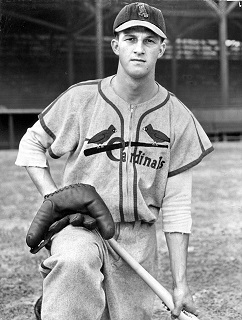
The life of the Hall-of-Fame player began 27 years earlier, courtesy of Lukasz and Mary Lancos Musial in Donora, Pennsylvania. The fifth of six children, Stanislaw Franciszek Musial was born on November 21, 1920, to a Polish immigrant father and a mother of Carpatho-Rusyn descent. When he enrolled in school, his name was anglicized to Stanley Frank Musial.
Stan was known at Donora high school for his ready smile and profound ability to play baseball and basketball. His dad, Lukasz, fully expected him to be working in the local steel mill or zinc works by the time he was 18. Actually, Stan was the only one of the six Musial children to graduate Donora with a high school diploma. But before he graduated, he was also a professional ballplayer – having signed a contract with the St. Louis Cardinals’ Monessen club of the Class D Penn State League two months before his 17th birthday. He was playing baseball for the high school, then for the pros in the summer.
(And “The Donora Greyhound” could fly. Over a span of nine years, ’46-’54, he led the National League in runs scored five times, averaging 119 per year).
In 1940, he married his high school sweetheart – pretty, petite Lillian Labash (72-year marriage, 4 children). He also met his greatest friend and mentor, Dickie Kerr, who managed the Daytona Beach Islanders in the Class D Florida State League. Kerr had two complete-game victories for the Chicago White Sox in the 1919 World Series against the Cincinnati Reds (including a shutout, and a 1.42 ERA). He won his games while some of his teammates were tanking for gamblers who bet on the opposition.
Like Kerr, Stan was a left-handed pitcher and, under his manager’s tutelage, was pitching well and playing the outfield between starts to take advantage of his awesome hitting prowess. Then disaster struck in centerfield. Musial dove for a liner and fell heavily on his left shoulder. The pain was excruciating and Stan feared this could be the end of his pitching career. After a couple of bad outings, the kid told Kerr he might as well go back home and work in the steel mills. “No Stan, don’t give up like that,” Dickie quickly advised, adding:
“This is a great game and you can still make it. As a pitcher, no. But the way you can hit, the managers in the upper leagues wouldn’t fool around with you as a pitcher anyway. They’d want you in there every day, instead of every fourth game. Stay with it, kid. This is a great game; you won’t be happy out of it.”
Good advice. Branch Rickey ordered he be moved up to Class C in Springfield Missouri. Musial strengthened his weakened throwing arm and pounded the baseball. Before you could blink Stan was up with the big club in St. Louis, in September of 1941, and stayed for 22 years.
As the season opened in 1947, The Donora Greyhound was still not hitting and batted .146 in April. Into May, nothing changed. One newspaper even had teammate Enos Slaughter giving Musial a savage beating in a fistfight. Musial, outraged by the rumor, piped up, “Country and I have been good friends for years. Nothing could be further from the truth!” Then, in his typical kindly manner, Stan allowed, “Well, I guess his publisher put pressure on him to get a story. I bear him no grudge.”
A crisis seemed imminent when he took to his hotel bed with a throbbing pain in his lower right abdomen. The diagnosis was acute appendicitis. One doctor advised against moving Musial at all, for fear the appendix would burst. An operation was necessary, immediately. But Stan insisted he first see the club surgeon, Dr. Robert F. Hyland in St. Louis. Hyland shocked everyone by announcing Musial would miss only a few games—he would freeze the appendix by judiciously placing ice packs around the organ. This treatment produced dramatic results in similar cases, and it worked for Stan.
Five days after the May 9th procedure, “The Man” was back in the lineup and quickly regained form. From June through September he hit .342 and raised his average to a fine .312, with 95 runs batted in for the season. Musial referred to it as “that lousy year.” After the season, Stan had his screaming appendix removed along with his tonsils.
There have been reports that Musial lost a home run in a rainout and another where he was credited with a ground-rule double when a blast at Sportsman’s Park should have been ruled a home run. But no box score or definitive record of either event occurring that year could be found. He won his third and final MVP award.
One of the most amiable men to walk the planet, Stan may have left baseball with more friends than anyone in the history of the game.
My editor and colleague, Gary Livacari, has written some terrific articles on Stan Musial. Please refer to them in the Baseball History Comes Alive archives.
Before we close, here’s the best description of Musial’s amazing custom built batting stance, as rendered by Paul Warburton in the Baseball Research Journal of 2001:
“A lefty, he dug in with his left foot on the backline of the batter’s box, and assumed a closed stance with his right foot about 12 inches in front of his left. He took three or four practice swings and followed up with a silly-looking hula wiggle to help him relax. He crouched, stirring his bat like a weapon in a low, slow-moving arc away from his body. As the pitcher prepared to let loose, “The Man” would quickly cock his bat in a steady position and twist his body away from the pitcher so that he was concentrating on his adversary’s delivery out of the corner of his deadly keen eyes. He would uncoil in an explosion of power. His line drives were bullets.”
Bill Schaefer
Subscribe to our website, “Baseball History Comes Alive!” with over 1100 fully categorized baseball essays and photo galleries, now surpassing the half-million hits mark at 603K hits: www.baseballhistorycomesalive.com
Sources:
Stan Musial page, Wikipedia
Society for American Baseball Research (SABR), article on Stan Musial, by Jan Finkel.
Sport Magazine, August, 1948, article “The Unusual Mr. Musial,” by J. Roy Stockton.
Stan Musial page of Baseball-Reference.com-splits: 1947, 1948.
Freezing the Appendix, excerpts edited from Wikipedia.
Desert Sun newspaper, article by Pete Donoven, from google search, Stan Musial
Baseball teams nicknames, google search.
Add your name to the petition to help get Gil Hodges elected to the Hall of Fame (with voting now postponed until December 2021): https://wp.me/P7a04E-57h

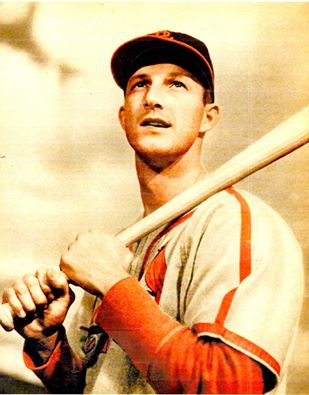
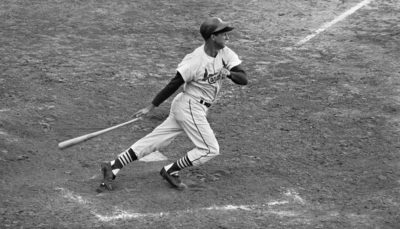
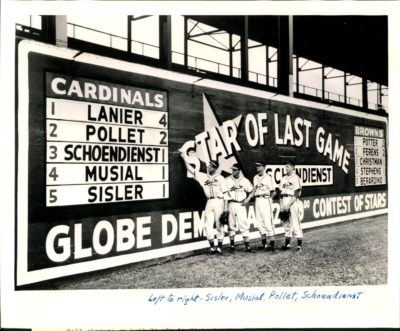

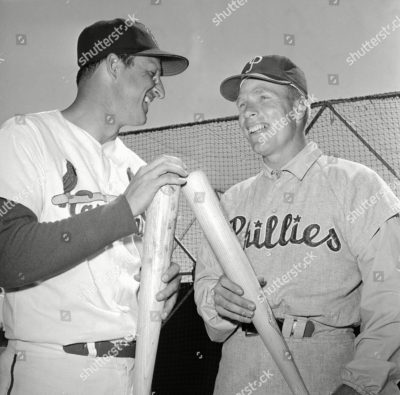
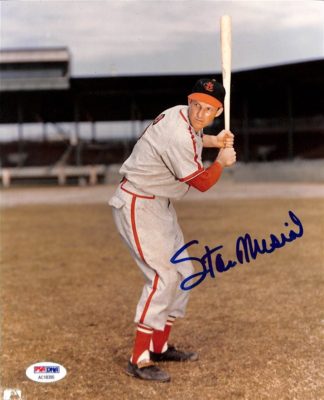
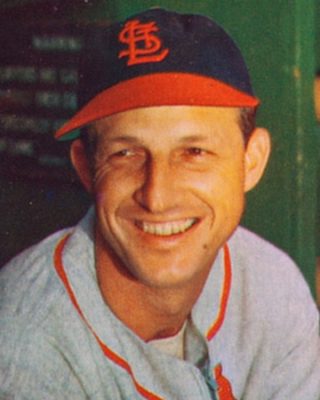
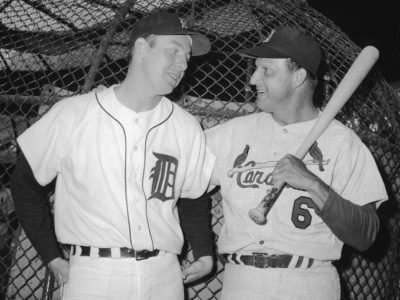
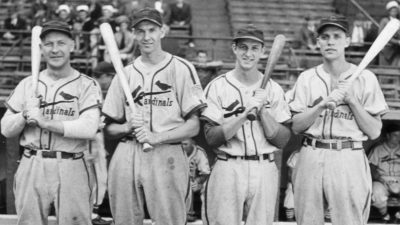
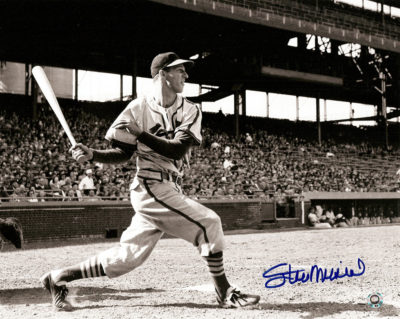
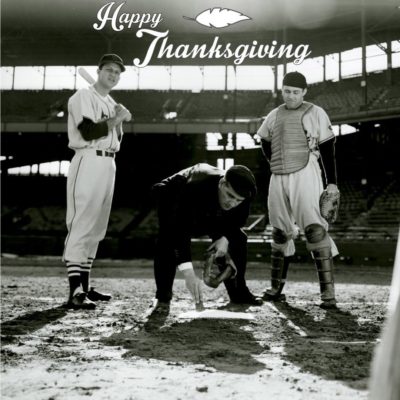
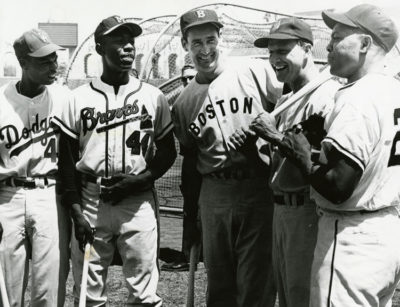
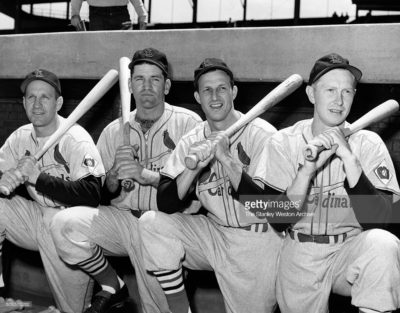
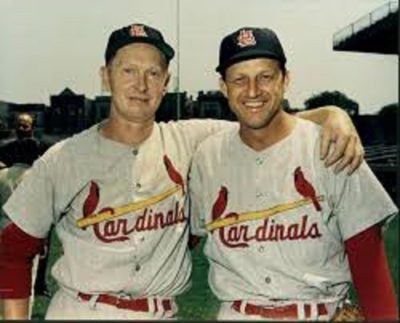
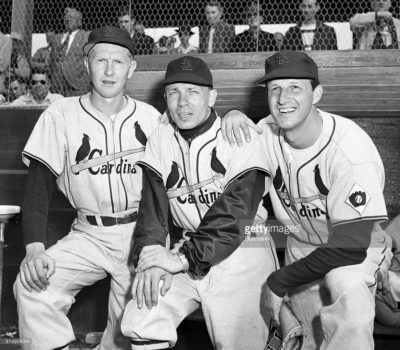
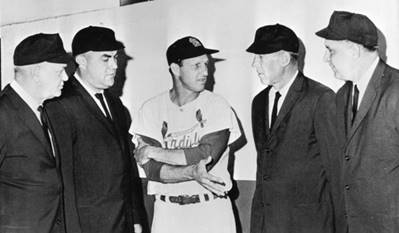
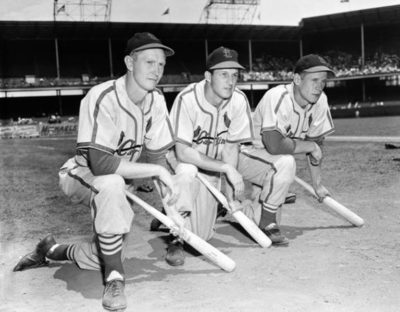
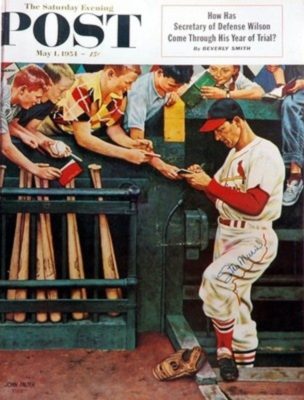
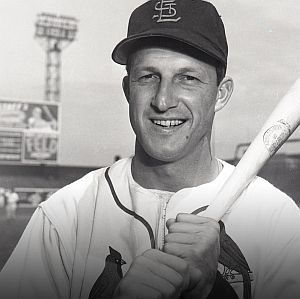
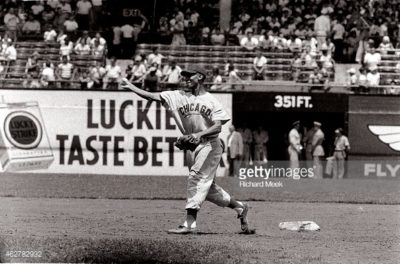
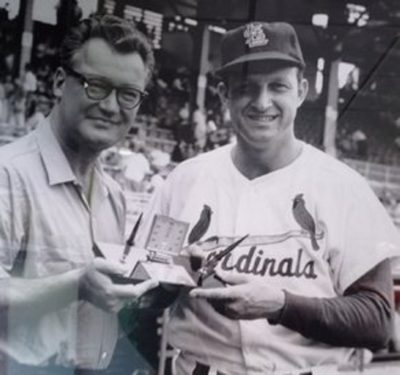
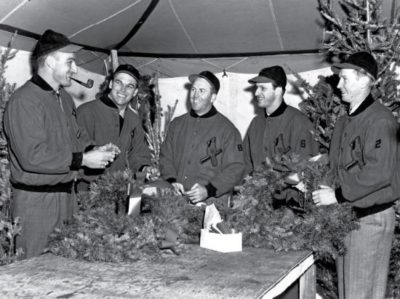
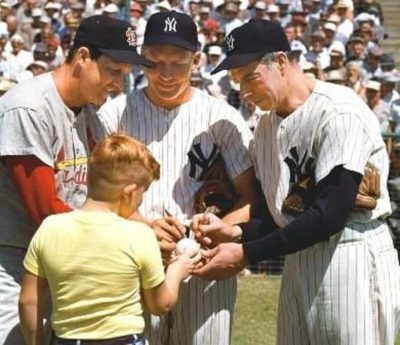
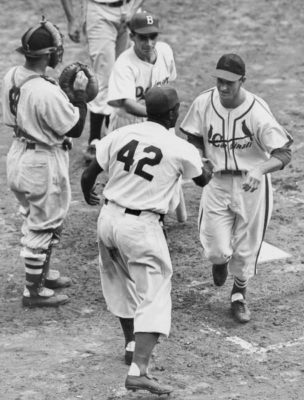
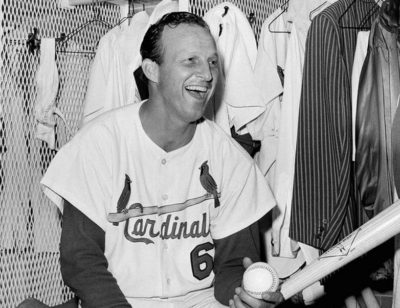
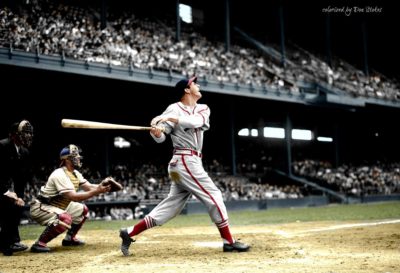
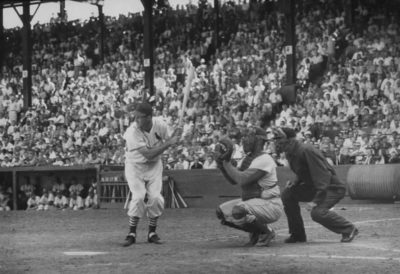
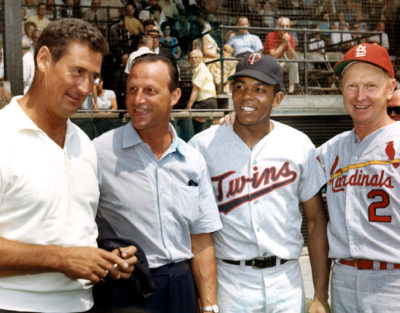
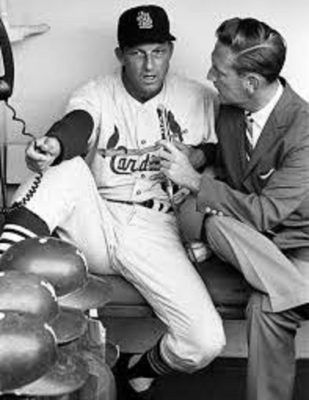
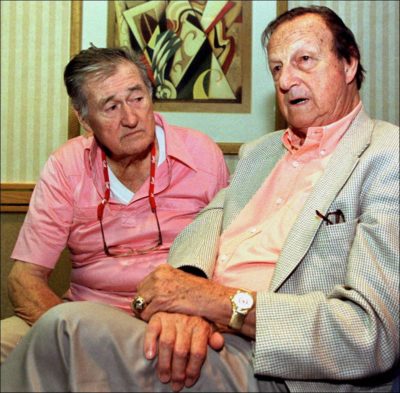
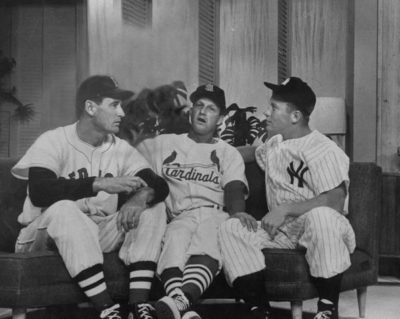

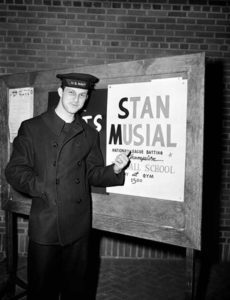
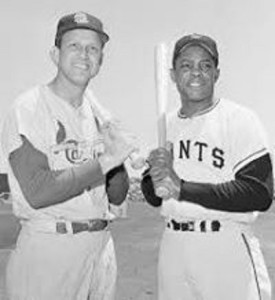
I met Stan the man in 1968 on the infield for Forbes field got his autograph, he was announcing the Pirate /Cards game I believe , he had a bright red sports jacket , he stopped and talked with this wide eyed 12 year old at the time , great memory.
It must have been 1967 not 1968 . He was GM not announcing for Cards .
Thanks Vince. I’m sure he was super nice to you.
As a Giants fan, about your age, I used to judge if a Giants’ pitcher had good stuff on how he handled Musial the first time at bat. If he got Stan on weak contact, I figured he was probably going to have a good game.
BTW, when Musial had his best year in 1948 he struck out only 34 times. Great player, great guy.
Good story, Bill.
I think Musial does not get his deserved recognition in the pantheon of the superstars of the game.
While he is revered in St. Louis, he does not get equal
billing with the Williams and DiMaggios of that era where literally dozens of books can be found about them and a much smaller fraction about “The Man”.
George Vecsey wrote a gem of one a few years ago, but no other definitive ones came to mind other than that.
Thanks, Paul. You’re right about Musial not generally getting the recognition. There was one prestigious poll about 20 years ago ranking the top 25 players of all time. Stan didn’t make the list. I’ve got to rank him among the top 10 hitters.
When my dad and I went out to the Polo Grounds and the Cards were in town, we loved to watch The Man hit line drives all over the field. There was a special “crack of the bat” when he connected.
I’ll have to check out the Vecsey book.